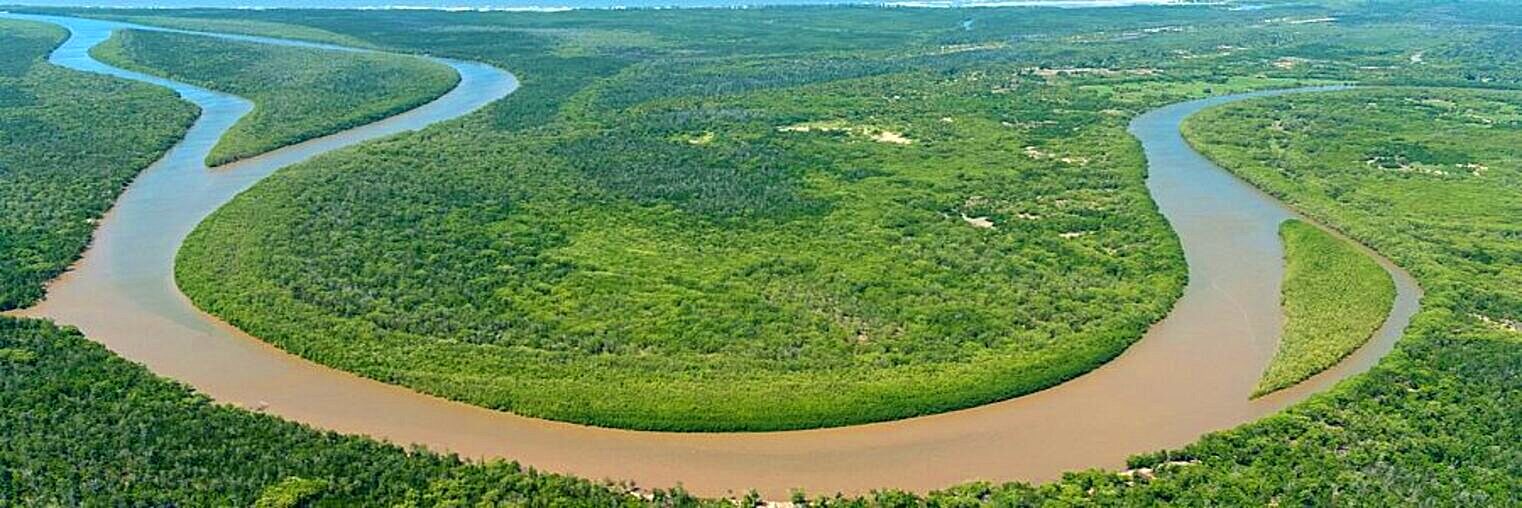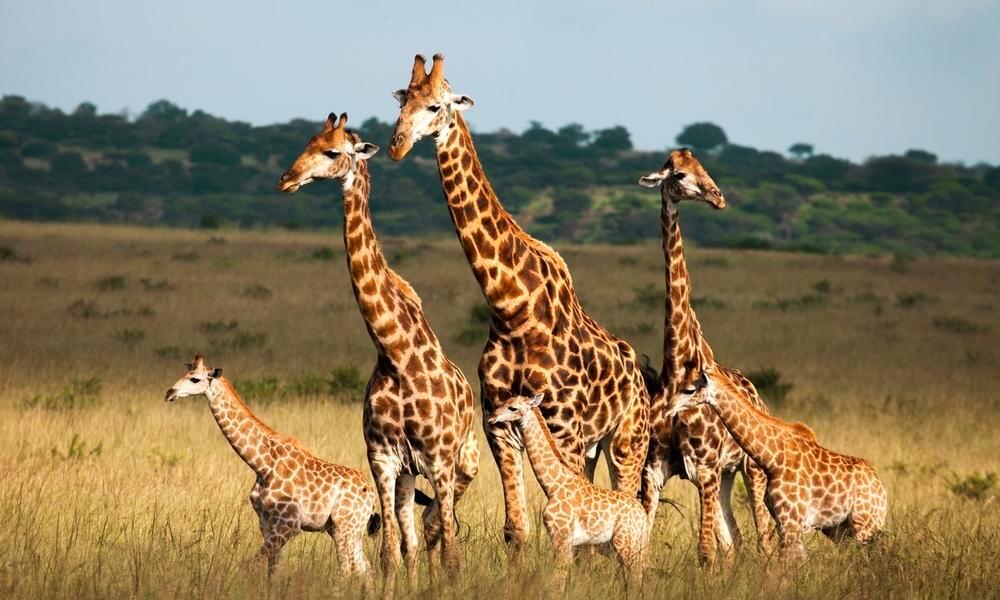Nyerere National Park (formerly Selous Game Reserve)
Nyerere Park boasts of the largest concentration of wild animals and a rich collection of wildlife that is abundant and diverse. The fact that this park is new and largely less frequented by tourists means that the animals here tend to be less exposed to humans. Good numbers of Big Cats such as Lion, Leopard, and Cheetah are to be found here along with other large game animals such as Elephant, Rhino, Buffalo, Giraffe, Eland, Zebra, Wildebeest, and other wildlife. With the new establishment of this park by the Tanzania Government and TANAPA ( Tanzania National Parks Authority ) in late 2019, it is expected that the park will be developed further and managed more professionally for a better tourism experience.
The Nyerere National Park, formerly part of The Selous Game Reserve is enormous, wild, and remote. And it has great wildlife – big game, cape hunting dogs, sable, roan, greater and lesser kudu, raptors, ostrich, crocs, hippos, etc. But the main point is that this wildlife can be enjoyed in such a variety of interesting habitats within this fabulous place. Most places that are currently accessible have a lot of small informal tracks. This makes it much easier to get reasonably close to the animals you want to enjoy, and there is no sign that this is having a negative impact. This factor of the many small game viewing tracks is important (and unlike some other National Parks in East Africa) because many a safari visitor has come on safari hoping to witness what they have viewed on TV or social media, not understanding that much of what they view has been filmed by people with off-track privileges. In the Nyerere National Park, it is possible to get within a reasonable but respectful distance of wildlife. The Rufiji River, Tanzania’s largest, flows through the northern part of the Park, and The river which is slow moving and wide, has created several oxbow lakes in its northern flood plains, and they create a beautiful landscape of plains and woodlands interspersed with expanses of water. The lakes are fringed by borassus and doum palm groves and other attractive trees, and besides being home to very large populations of hippos and crocodiles, these lakes are a magnet for wildlife in the dry season. The hinterland away from the river is characterized by extensive savannahs and woodlands, with occasional baobabs, and large stands of Terminalia trees with their tiers of attractive leaf tables These are intensively browsed by giraffes which arrived relatively recently into this area and are now increasing fast in numbers. As one winds around this interesting landscape on small intimate tracks enjoying the wildlife it is easy to understand why the Selous was declared a protected area in 1896 part of which is now the Nyerere National Park. Altitude: The National park is at a relatively low altitude, averaging about 1000 meters above sea level. Seasons: The dry season starts in June and lasts until about November, and although the remainder of the year is relatively wet the National Park is green and beautiful from December to February, with many parts easily accessible. History It was first given formal protection in 1896 when Tanzania was a German colony, and hunting was allowed from 1905. In 1922 the area was given its name The Selous Game Reserve in memory of Englishman Frederick Selous who hunted and wrote extensively about the area. In 1940 it was enlarged to 54,600 sq © Robert J. Ross 27 Tanzania unforgettable Tanzania parks and in 1982 became a World Heritage Site. In 2019 about 30,000 km was separated from the reserve and made into a National Park and renamed the Nyerere National Park in honor of Tanzania’s first President who was himself a devoted conservationist. This makes it the second-largest National Park in Africa after the NamibNankluft Park in Namibia which is almost entirely desert




